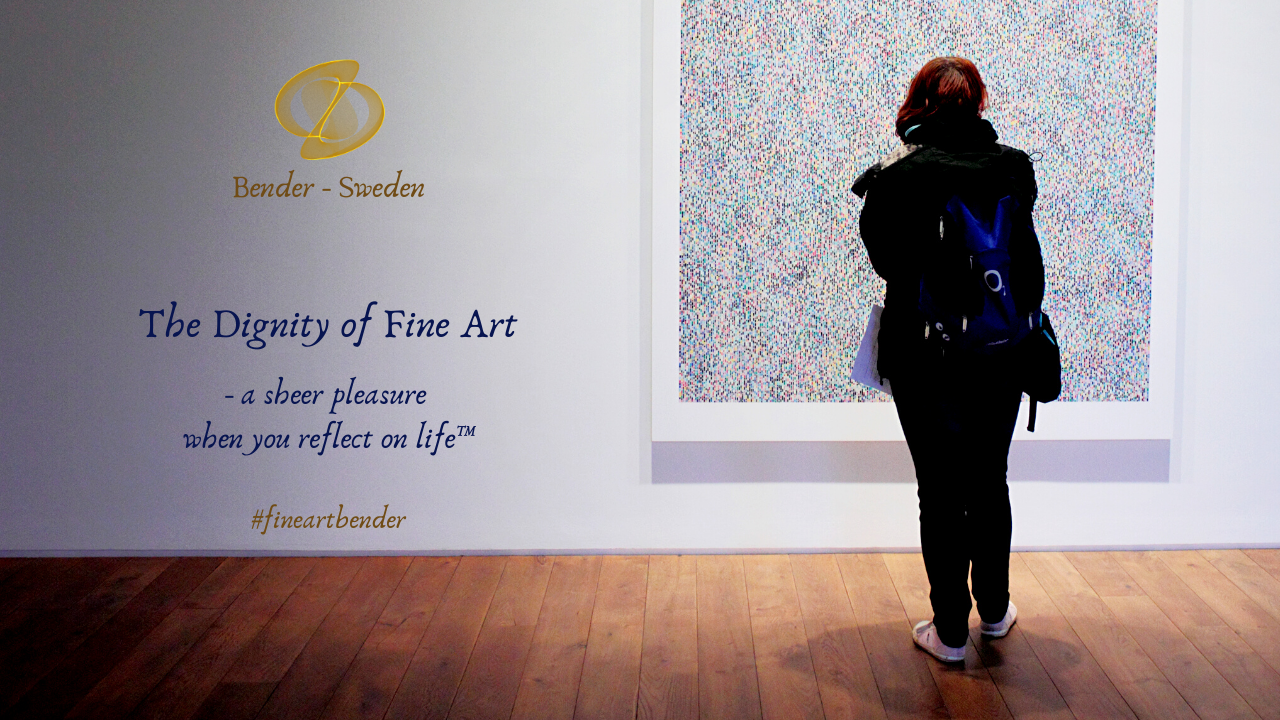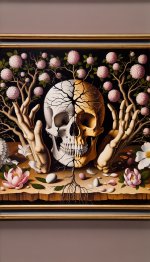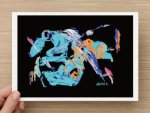How art
has stimulated scientific and technological discoveries
and innovations
by
challenging the boundaries of the possible
I am working on the page
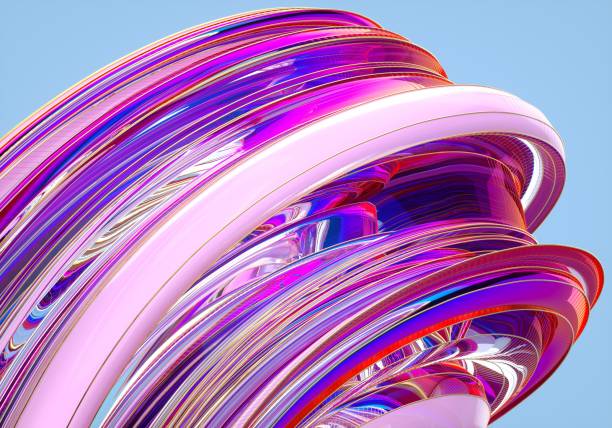
Art and science are two fields that are often seen as opposites, but that in fact have much in common. Both are about exploring reality, seeking truth and creating new knowledge. Art and science have also influenced and inspired each other throughout history, and contributed to stimulating scientific and technological discoveries and innovations by challenging the boundaries of the possible.
One way that art has stimulated scientific and technological discoveries and innovations is by creating visions of the future. Artists have used their imagination and creativity to imagine how the world could look like in the future, and how people could live, communicate and travel. These visions have often inspired scientists and inventors to try to realize them by developing new theories, methods and devices.
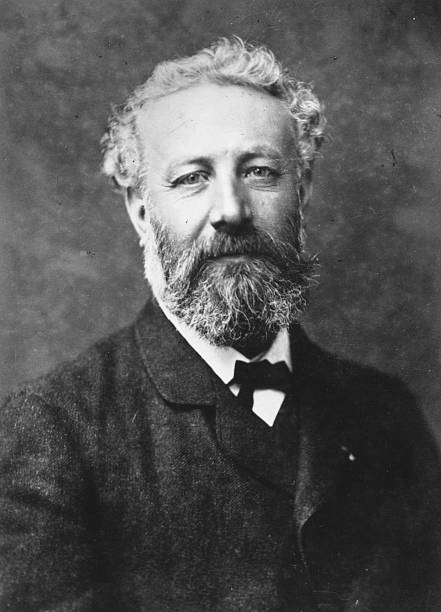
Jules Verne
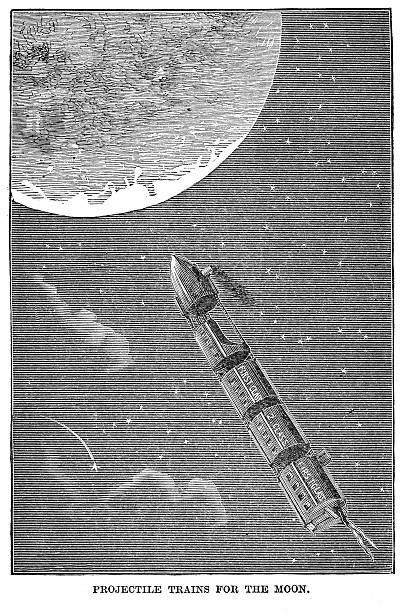
Woodcut engraving titled Projectile Trains for the Moon from, From the Earth to the Moon by Jules Verne. 1889 reprint by A L Burt with woodcut copied from original French publication by Baker Engraving Company, Chicago.
Examples: of such visions are Jules Verne's novels that predicted submarines, space travel and flying machines, Leonardo da Vinci's sketches of helicopters, parachutes and robots, George Méliès' films that showed moon landings, time travel and magic, and Star Trek's series that introduced concepts such as teleportation, holograms and artificial intelligence.

Sketch from Leonardo da Vincis notebook, 15th century.
ITALY - AUGUST 25: Sketch taken from a notebook by Leonardo da Vinci (1452-1519). Da Vinci was the most outstanding Italian painter, sculptor, architect and engineer of the Renaissance period. He had a wide knowledge of the sciences, including biology, anatomy, physiology, hydrodynamics, mechanics and aeronautics. His notebooks, written in mirror writing, contain original remarks on all of these areas. (Photo by SSPL/Getty Images)
Another way that art has stimulated scientific and technological discoveries and innovations is by challenging perspectives and paradigms. Artists have used their critical and experimental spirit to question established truths, norms and boundaries, and propose alternative ways of looking at and understanding reality. These challenges have often motivated scientists and inventors to test new hypotheses, models and solutions.
Examples: of such challenges are Vincent van Gogh's paintings that showed the dynamics and movement of light, Albert Einstein's theory of relativity that revolutionized physics and cosmology, Marcel Duchamp's ready-mades that redefined the concept of art, and Tim Berners-Lee's invention of the World Wide Web that changed the information society.

Albert Einstein's theory of relativity
that revolutionized physics and cosmology
A third way that art has stimulated scientific and technological discoveries and innovations is by collaborating with other disciplines. Artists have used their interdisciplinary and holistic view to integrate different fields of knowledge, methods and media, and create new forms of artistic expression. These collaborations have often resulted in new scientific and technological insights, tools and applications.

Examples: of such collaborations are Leonardo da Vinci's studies of anatomy, mechanics and optics that influenced his artworks, Isaac Newton's discovery of the color spectrum that inspired his optical experiments, Andy Warhol's use of silk-screen printing technique to mass-produce his artworks, and Steve Jobs' combination of design, technology and humanities to create Apple products.

These three ways show how art has stimulated scientific and technological discoveries and innovations by creating visions of the future, challenging perspectives and paradigms, and collaborating with other disciplines. Art has the potential to not only challenge the boundaries of the possible, but also to move them.
Forward to
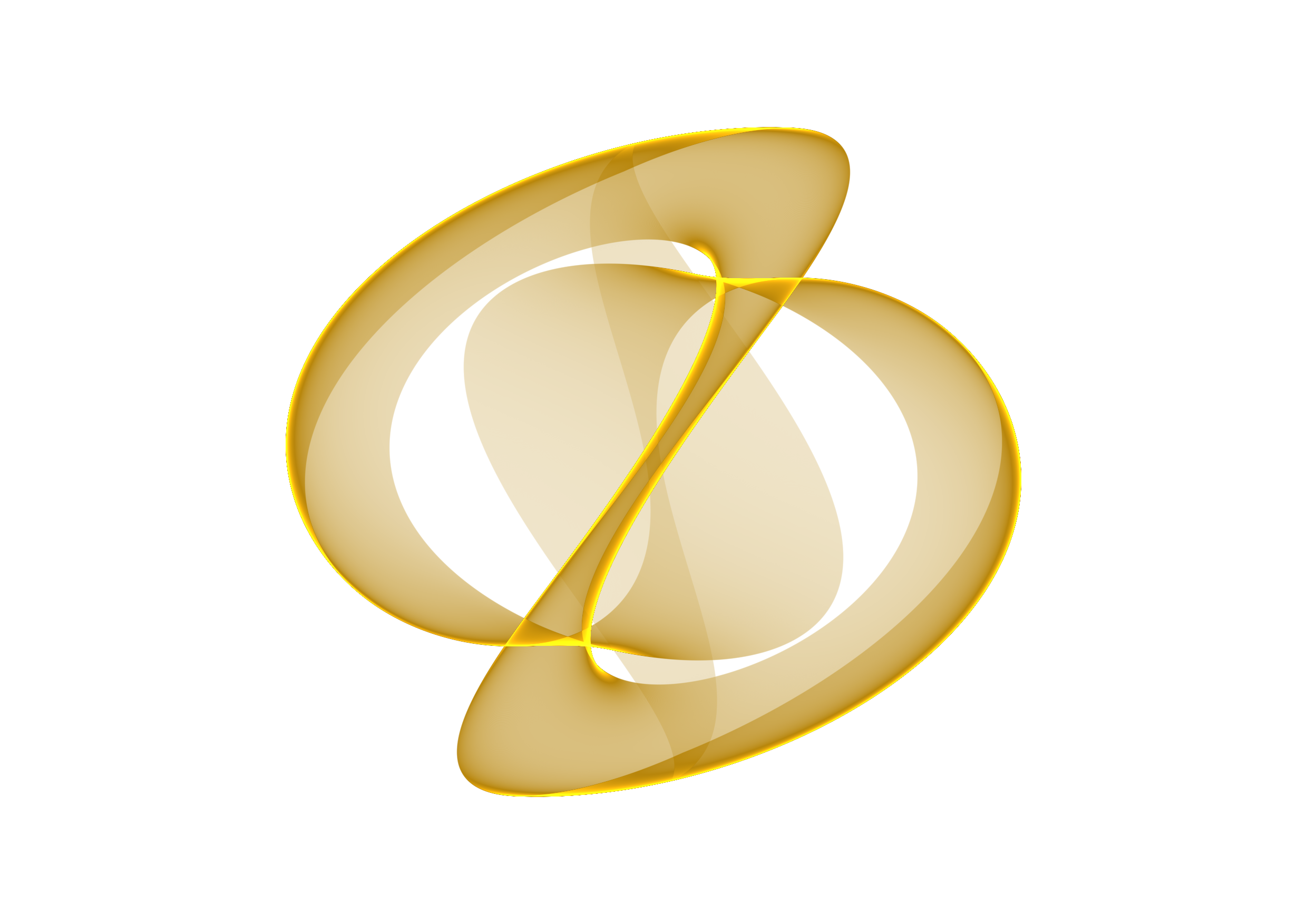
- Vision -
Inspiration - Purpose - Target
- Goals - Strategy
2025?
Nothing is more powerful
than an idea whose time has come.
- Victor Hugo -
